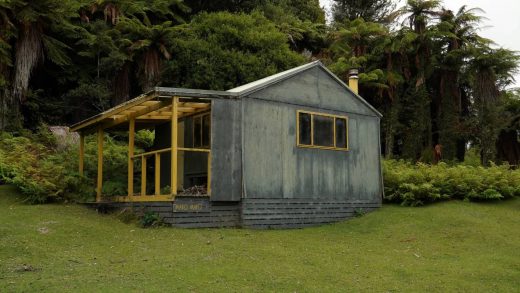
A pothole stretch of highway sparked traffic carnage, with a mother and toddler forced to wait two hours in the dark amid heavy rain with two flat tyres.
At “20 cars with blown tyres and rims” were affected on the Kaimai Ranges near Tauranga, reigniting debates about why there are so many potholes in our roads.
An exceptionally wet winter is receiving much of the blame for the pothole outbreak.
But it’s not just heavy rain causing the bumpy ride for motorists.
READ MORE:
* Car 101: how to avoid potholes and what to do if you can’t
* Mum, toddler stranded in dark as pothole carnage returns
* Motorists be warned: A summer of orange traffic cones is approaching
How do potholes form?
When water falls on the road, it can pass through cracks and chips in the road surface to reach the soil underneath. Once water is inside the soil, it can freeze, pushing up the road surface – then when it melts, it leaves a gap between soil and the road’s surface, weakening the road.
To make things worse, every time a vehicle drives over these weakened parts of the road’s surface, it gets broken down even more. This creates larger potholes and can displace parts of the road surface – leading to huge potholes like the one that caused travel chaos on the Kaimai Ranges over the weekend.
ANDY MACDONALD/Stuff
A pothole on SH3 near Waitara in Taranaki in August.
Why have there been so many potholes this year?
Pothole numbers have significantly increased across the country during winter, compared to the previous three years, Waka Kotahi Bay of Plenty system manager Roger Brady said.
“This is down to a combination of current network conditions and the wet winter.”
This winter was “exceptionally wet” according to Niwa. It clocked in as New Zealand’s wettest winter since records began in 1971.
Eighteen places, including Wellington, had their wettest winter on record. Another 24 places, including Auckland and Christchurch, had a near-record wet winter.
Waka Kotahi national manager maintenance and operations Neil Walker said potholes could appear quickly following heavy rain, such as the rain that fell on the Kaimai Ranges in recent days.
“Sections of road that are due for renewal are often the worst affected areas as the pavement and surface are weaker and are starting to fail,” Walker said.
But rain isn’t the only culprit.
National Road Carriers chief operating officer James Smith said New Zealand had a pothole problem because road maintenance was inadequately funded from pay-as-you-go road user charges.
The lack of investment to build good quality roads in the first place meant roads quickly deteriorated, Smith said.
Supplied
Cars with damaged tyres lined the side of the highway over the Kaimai Ranges on Friday.
Why haven’t all the potholes been fixed by now?
Potholes could not be permanently repaired when it was cold and wet. Work done on potholes in winter was just temporary, with the aim of preventing further damage.
Permanent repairs had to wait for warm, dry weather.
Waka Kotahi said it was planning the country’s largest ever road renewal season between September 2022 and April 2023.
ANDY MACDONALD/Stuff
Damage caused when his car hit a pothole in New Plymouth during the past winter cost Ian Lord $5600.
In that period, about 2450 lane kilometres of state highway – more than 10% of the state highway network – would be rebuilt or resealed.
It would be the most significant renewal programme carried out by the agency. More than 700 lane km of the work would be in Waikato and Bay of Plenty, with more than 130 lane km in Northland, and more than 150 lane km in north Canterbury.
Walker said Waka Kotahi had a plan to improve overall state highway road conditions. It was spending $2.8 billion on state highway road maintenance between 2021 and 2024.
So that’s good news, right?
Yes, we could get a smoother ride in coming years. Although there is a drawback of all the repair work.
Motorists be warned. A summer of orange traffic cones is approaching.


